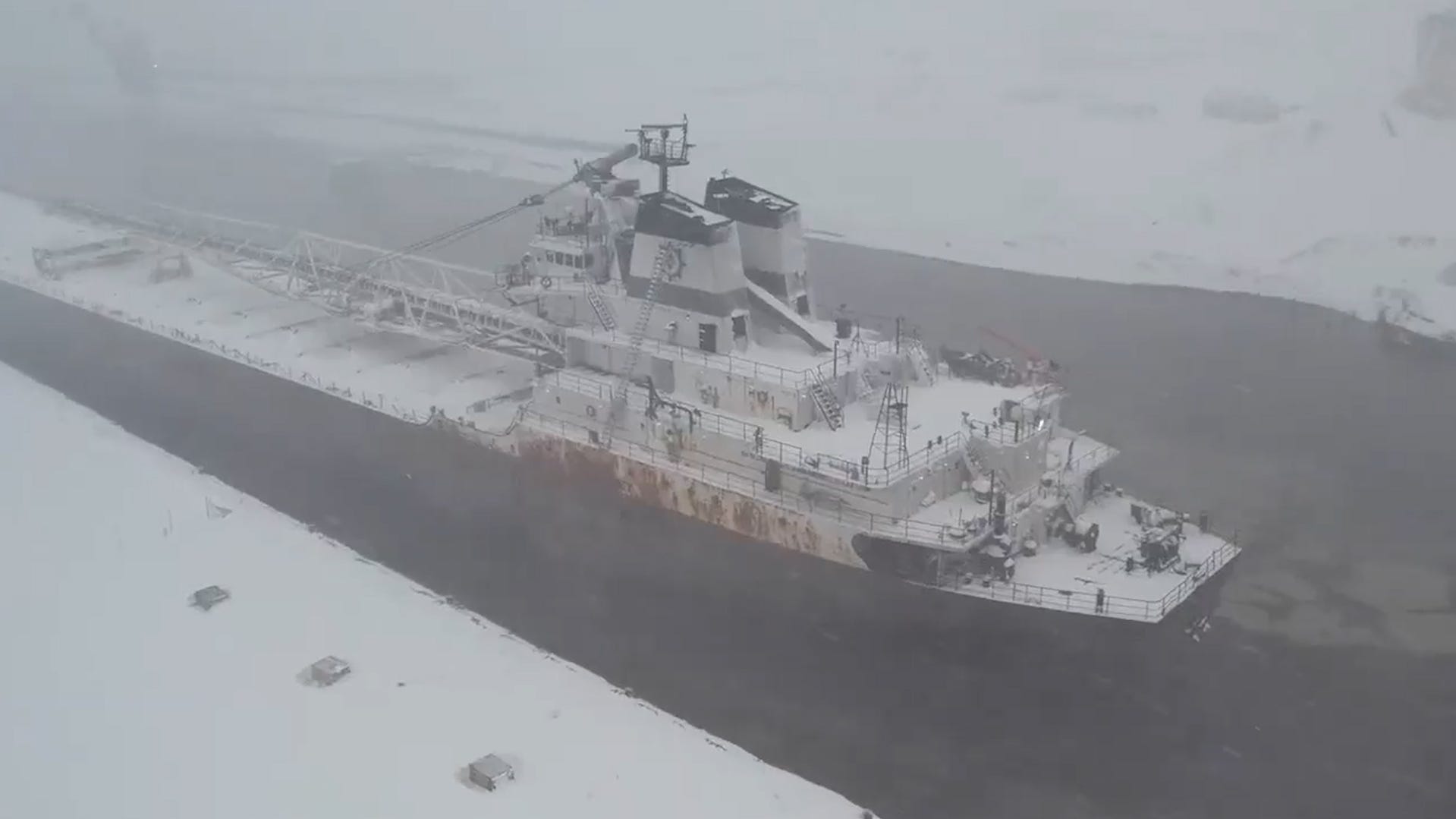Brrrutal: How long will this cold last? Your winter weather questions answered

Cold enough for you?
The ferocious cold snap that's overspread much of the eastern half of the United States is forecast to continue and actually intensify by midweek, meteorologists said Monday.
"Another bitterly cold air mass will arrive late week, focused over the upper Midwest, Great Lakes, Northeast on southward to the Tennessee Valley and the Southeast," said AccuWeather meteorologist Paul Pastelok in an online forecast.
It has been years since the kickoff to meteorological winter (Dec. 1) has started out as chilly as this December, according to AccuWeather.
So where does this cold come from? Is it the dreaded polar vortex? And what does it mean for the rest of the winter? Here's what you need to know:
From Russia with cold
This cold snap originated on the other side of the world., experts say.
"This cold air originated in Siberia – or at least some of the cold air – thanks to cross polar flow that pulls air out of Siberia, drives it across the Arctic and then south across Canada and eventually the US east of the Rockies," meteorologist Judah Cohen of Atmospheric and Environmental Research told Paste BN in an email Monday.
AccuWeather's Pastelok agreed with this perspective, noting that the Siberian air stayed "fresh" and cold on its journey over the top of the globe and remained cold all the way down to the southern U.S.
Another expert, Scott Kleebauer of the Weather Prediction Center, said the USA's coldest winter outbreaks often feature air straight from Siberia, and this was no exception.
Is the polar vortex responsible for the cold?
"In my opinion it is connected with the polar vortex.," Cohen told Paste BN. He said the polar vortex is currently elongated or stretched out like pulling on a rubber band that results in the cross polar flow in the stratosphere. That flow is then mimicked or copied in the lower levels of the atmosphere and the jet stream that controls our weather.
Could this mean a white Christmas?
A white Christmas could be in the cards for some − maybe.
"I believe that another stretched polar vortex will take place the second half of December. It will turn milder across the U.S. mid-month, but I am anticipating a turn to colder, snowier weather as we approach the holiday season," Cohen said.
"So I know many readers are wondering if they will have a white Christmas. I can’t predict where it will snow three plus weeks from now, but I am more optimistic of some cities in the northeastern US having a white Christmas than I have been in a while."
What about the rest of winter?
Folks are wondering whether this Arctic blast means that the rest of the winter will include this level of cold. "That is the $64,000 question!" Cohen told Paste BN. "And my short answer is maybe. Often these stretched polar vortex events repeat themselves with time and in rare winters this can persist for the entire winter. This last happened in 2013-14 resulting in a very cold winter."
"But more often after a stretched polar vortex, the polar vortex will either strengthen, and then this will lead to an overall mild winter or the stretched polar vortex can be a harbinger to a much larger polar vortex disruption in either January or February."
If that were to happen, then look for a mild period in early January followed by a longer duration cold period in late January and/or February," Cohen said.
Overall, the Climate Prediction Center, in its most recent winter forecast, said that despite the current eastern chill, a milder-than-average winter was still likely for the eastern and southern U.S.
Looking for some warmth? Check out the West
The same jet stream pattern keeping the East chilly may also keep much of the West warmer than average at least through mid-December, according to an online forecast from Weather.com. Beyond that, the Desert Southwest to the Southern Plains are most likely to remain warmer than average the rest of the month.